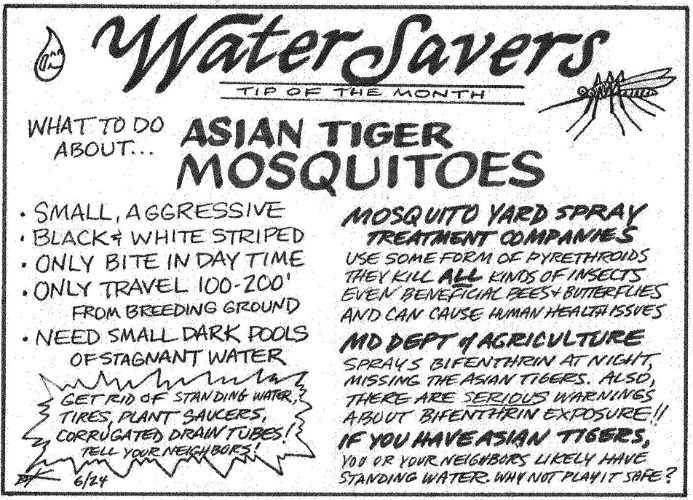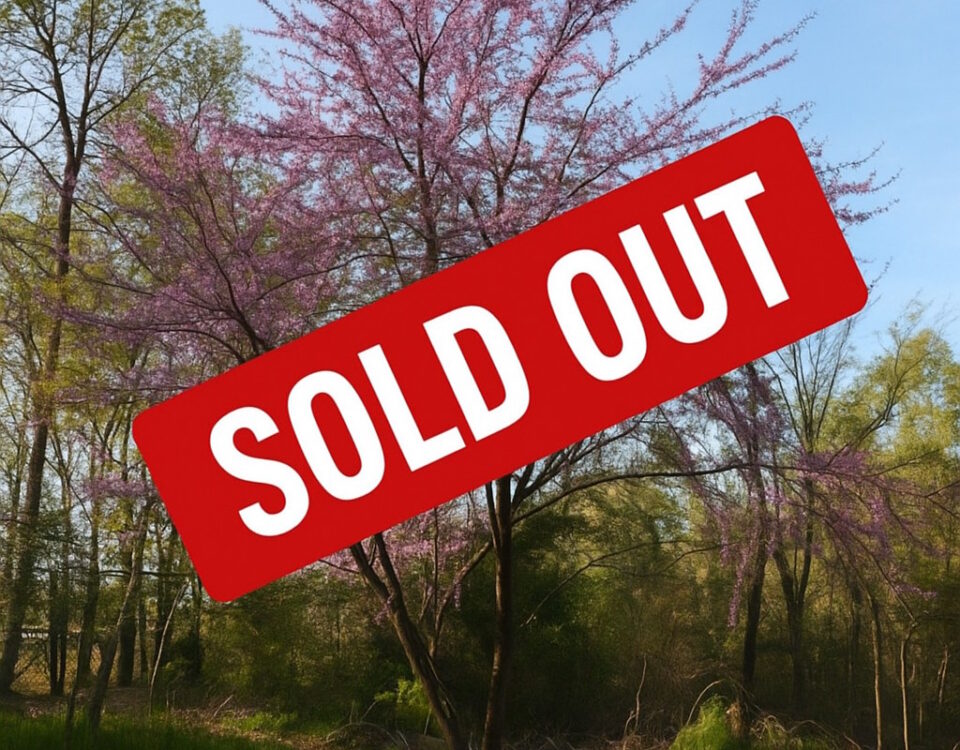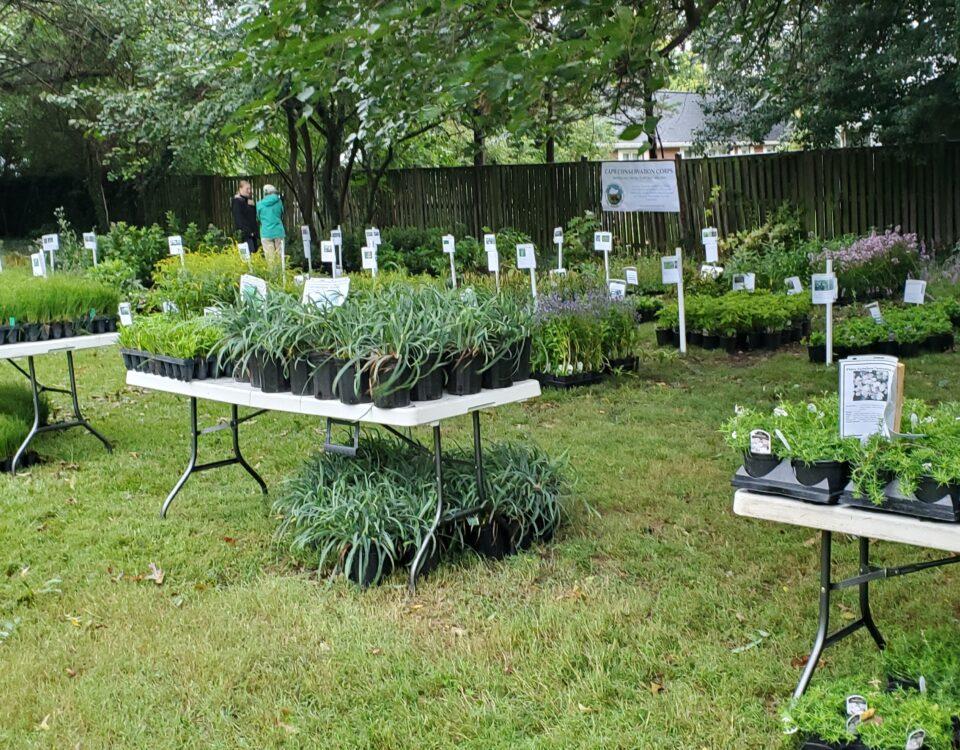CCC is Looking for Habitat Heroes
January 11, 2018Oyster farming here on the Bay
January 20, 2018In a cooperative effort with support from DNR, the Oyster Recovery Partnership, the University of Maryland Center for Environmental Sciences and teaming up with the Magothy River Association, Cape Conservation Corps members host a local “chapter” of Marylanders Grow Oysters for the South Shore of the Magothy River. Each year, we have over 100 of our neighbors hosting cages full of baby oysters on their piers. Oyster cages are also hosted at the Cape St. Claire slips piers and Fairwinds Marina. Combined, growers take care of more than four hundred cages. Each cage contains from 250 to 500 spat, or baby oysters which everybody plants on a sanctuary reef in the Magothy River in the early summer, then collect their share of the next generation of oyster babies in early September.
Restoration is in the hands of locals with the grassroots Marylanders Grow Oysters program
by Caitlyn Johnstone
If you ask someone to name the most iconic critter in the state of Maryland, they will likely answer with the blue crab. With its brilliant claws, beautiful color and savory taste, the crab is a titan of tourism that adorns everything from t-shirts to keychains. However, right behind the blue crab is a bivalve that could rival it for the crown: the oyster.
An oyster is a mollusk, a creature with two rough shells that enclose a soft body. A versatile delicacy in the culinary world, the oyster can be fried, frittered, grilled, seared, eaten raw and even taken as a shot with spirits. The oyster defines regions, taking on the taste of the waters in which it lives to have a nuance of flavor all its own. As one would take a tour of vineyards, the Chesapeake offers unique boat trips to oyster locales and even an oyster trail. Viewed commercially or culturally, oysters are one of the most important catches in the region.
In addition to its place of honor in a seafood feast, the humble oyster also packs a punch as a formidable foe to pollution. By pumping water over its gills, an oyster traps particles of food as well as unwanted nutrients or suspended sediments from the water. One adult oyster has the capacity to filter 50 gallons of water per day, helping to naturally clean our brackish waterways.
Despite their importance across industries, oysters have declined due to habitat loss, over-harvesting and deadly diseases. With such an iconic species in peril, the state of Maryland is working to restore their populations. One way they do this is through a grassroots effort called Marylanders Grow Oysters, in which people from every background pitch together to nurture baby oysters to adulthood.
The concept is simple: in a state where much of the shoreline is privately owned, waterfront property owners are given cages, spat and the training to grow millions of young oysters right off their own pier. After being protected by people during their vulnerable first year of life, the oysters are planted in local sanctuaries to enrich the ecosystem and the oyster population.
The Maryland Department of Natural Resources, in conjunction with the Oyster Recovery Partnership (ORP) and University of Maryland Center for Environmental Science (UMCES), began the program in 2008 in the Tred Avon River. Marylanders Grow Oysters is now active in 30 Maryland waterways. To hear program director Chris Judy tell it, it had no reason not to grow. “Everyone,” he states, “likes to have a good time,” and the community-driven venture is good for the bay. “It’s free, it’s fun and it’s oysters!” enthuses Judy. “Who doesn’t like those three things?”
Marylanders wholeheartedly agreed with Judy from the start, and liked the concept of hands-on learning. The Talbot County government partnered with Marylanders Grow Oysters to reach waterfront owners through a mailer, and since then participation has spread by word of mouth. “The Department [of Natural Resources] launched it, but it is only successful because of a massive team effort,” states Judy emphatically, going on to describe the enthusiasm and involvement from all over the Maryland population.
For the first six years of Marylanders Grow Oysters, inmates crafted the cages through a Maryland Correctional Enterprises program. Though they may look simple, there are certain aspects of the cages that have to be done just so. “They did a perfect job, excellent job,” says Judy with pride. “Working with the prison system was great, meeting the men …and the cages were spot on.” As he explains, many of the inmates involved in the project had grown up on the eastern shore and therefore felt the personal connection to the effort and a sense of pride in contributing to something of value.
Manning a cage provides a personal glimpse into the world beneath the waves for those involved in baby oyster care. The enthusiasm of a grower – whether five years of age or seventy – that first interaction is Judy’s favorite part of the program. “It doesn’t matter the age span,” smiles Judy, the happiness evident in his voice, “There’s an incredible enthusiasm when they [the growers] pull up a cage with the oysters and there’s shrimp, fish, eels, seahorses or little mud crabs scurrying about. You see someone who has never seen the basic oyster reef community see it for the first time, and it’s on their pier and in their hand. That’s rewarding.”
Tending the oyster cages offers an opportunity for a deeper understanding of Bay ecology. “Up til now they may have only seen blue crabs,” explains Judy, as he describes one particular grower’s happiness at the appearance of many pencil-eraser sized mud crabs on the mesh of her cage. “There’s that education that there are other crabs out there. Something as simple as a mud crab becomes exciting.”
Oyster cages right off the pier become micro reefs of an interconnected system, and that diverse network is mirrored in the people who care for the oysters in that crucial first year. In addition to the growers and departments, the hatchery at UMCES Horn Point Laboratory produces the spat for the program. Several watermen across local waterways are closely involved, pitching in with their boats and equipment to help neighbors when the nine months are up and it is time for oysters to be transported to their local sanctuary. Thousands of schoolchildren across the tributaries take up the call to tend the cages, which require shaking several times a week to ensure silt does not stress the young oysters.
No matter the part that someone plays in bringing up this iconic species, Judy emphasizes that community is what makes the program come alive. Marylanders Grow Oysters plans to cement the oyster as a top species in the Chesapeake Bay and its tributaries for years to come, and people is how they plan to do it. “From grandkids to grandparents to the ORP to the hatchery,” says Judy, “it’s everyone that matters.”





